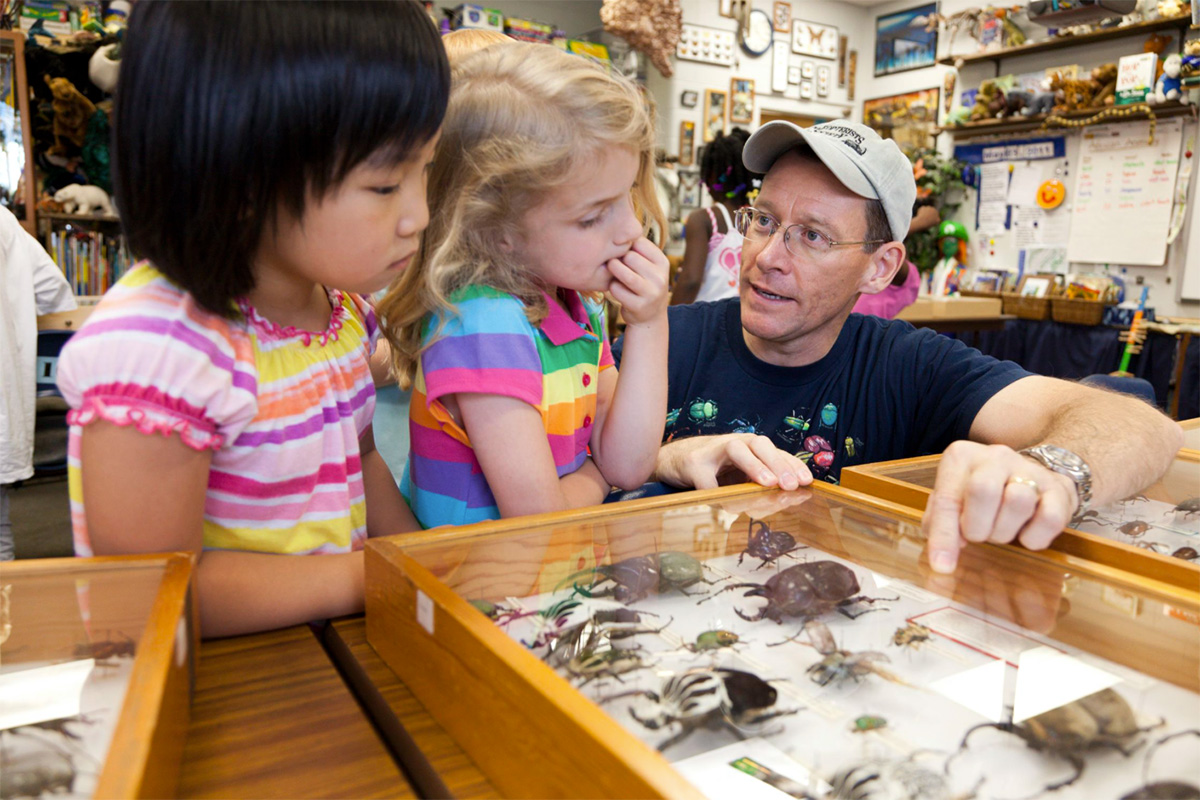By Gary Wade
University of Georgia
Yellow is an eye-catching color in the landscape. It’s seldom seen in flowering shrubs. However, Admiral Semmes azalea (Rhododendron ‘Admiral Semmes’) not only has vibrant yellow flowers but is pleasantly fragrant, heat-tolerant and mildew-resistant, too.

|
These outstanding qualities easily earned this golden beauty a place in the Georgia Gold Medal winners’ circle in 2007 as the year’s best shrub.
Admiral Semmes azalea is the result of a hybrid cross between a large-flowered Exbury azalea called “Hotspur Yellow” and the native Florida azalea, Rhododendron austrinum.
It was introduced by Dodd and Dodd Nurseries in Semmes, Ala., and named after Confederate Admiral Raphael Semmes, whose record of 87 ships sunk or captured remains unbroken today.
This fascinating azalea is hardy throughout Georgia and the Southeast. It can take temperatures as low as minus 20 degrees Fahrenheit. It’s deciduous, so it’s best to use it behind other plants in a perennial border, where it fades into the background in the winter.
Spectacular show
In early May, Admiral Semmes azalea’s vibrant yellow flowers appear before its foliage, providing a spectacular show. The tubular, medium-yellow flowers are borne in terminal clusters on the previous season’s growth. Its leaves are lustrous, dark green in the summer and turn orange-bronze in the fall.
Admiral Semmes azalea looks terrific when you plant it next to other Georgia Gold Medal winners like Blue Anise sage (1995) or one of the burgundy loropetalums (1997).
As with other azaleas, the partial shade of tall trees overhead is the ideal place for your new, yellow azalea. It will adapt to full-sun sites, though. You just need to water it during times when it isn’t raining enough.
Admiral Semmes azaleas grow best in moist, well-drained, organic soils with a pH range from 4.5 to 6.0. “Well-drained” is the key. Planting it in places that don’t drain well is a sure death sentence.
When you give it good growing conditions, Admiral Semmes azalea will reach 4 to 5 feet tall and equally wide after about 10 years. Prune it to shape it soon after it flowers each year.
It doesn’t need a lot of feeding. A well-drained soil rich with organic matter is more important than fertilizer. Lightly apply an azalea-camellia type of fertilizer in the spring. That should be all the plant needs to thrive in your landscape.
(Gary Wade is a Cooperative Extension horticulturist with the University of Georgia College of Agricultural and Environmental Sciences.)


